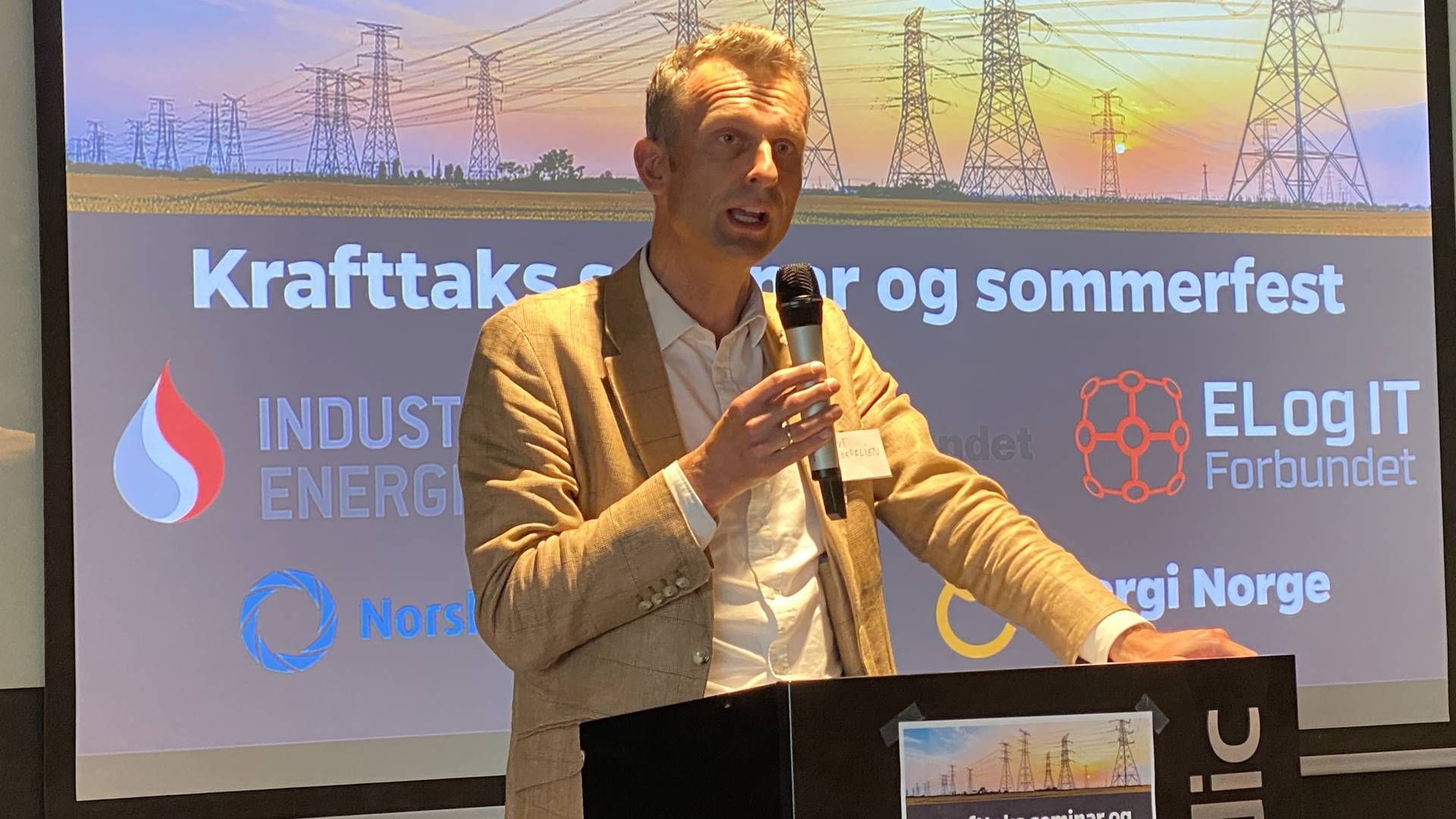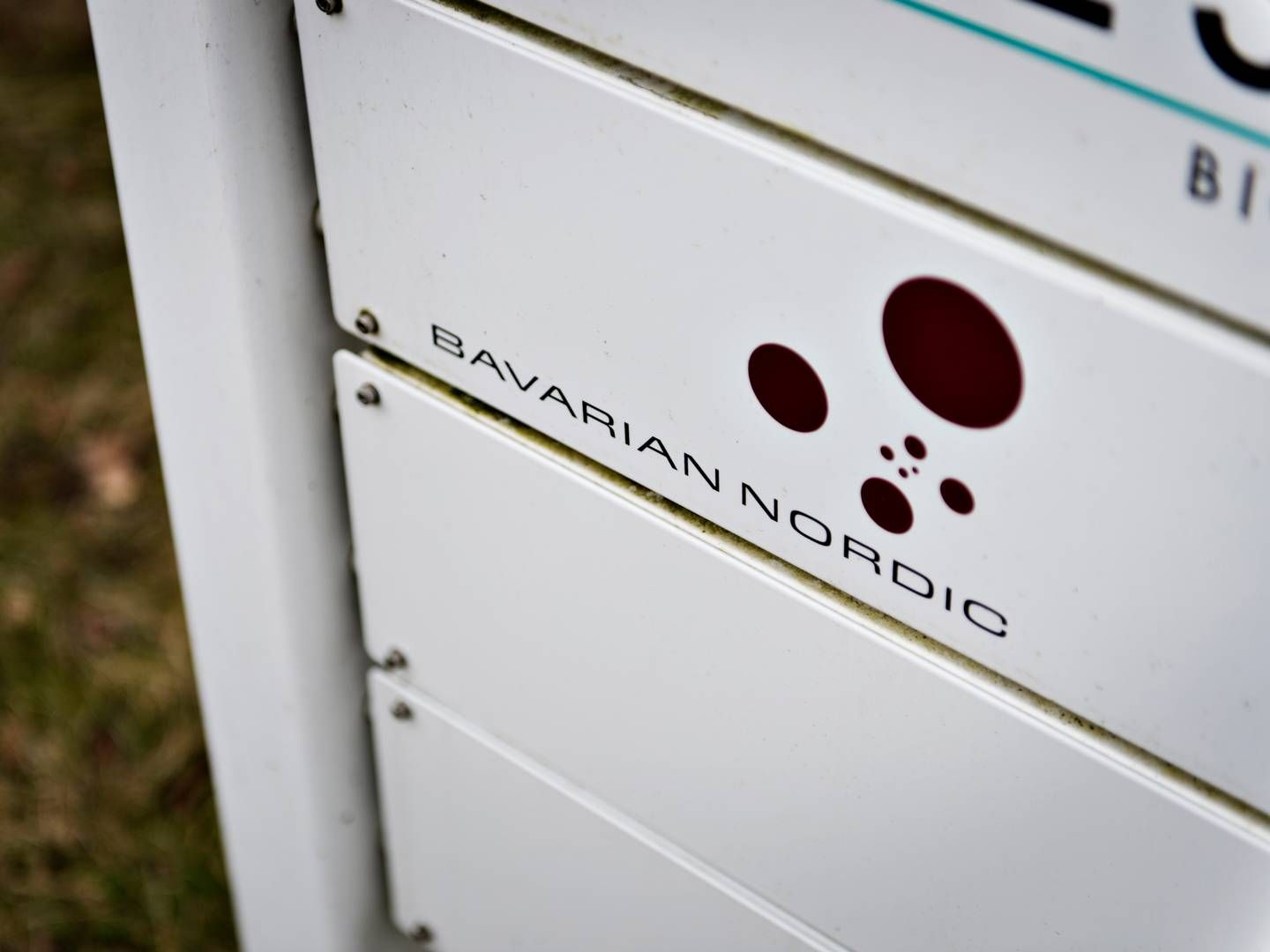Sense of urgency lacking in Norwegian grid build-out, says lobby

The Norwegian power grid committee submitted its account of the grid situation on June 14, and a week later committee chair Nils Kristian Nakstad attended a conference arranged by Krafttak, a collaboration between numerous energy players, to walk the industry through the proposal and receive input.
”The 66 recommendations we have presented are things which, for the most part, could be implemented without legislative changes. These are 66 proposals, which could to a great extent have been instituted,” says Nils Kristian Nakstad.
These measures should contribute to slashing processing times for licensing from 7-14 years today to 6-8 years.
Concerns of build-out arriving too late
Kraftak is a collaboration between trade associations, lobby groups and unions which include Federation of Norwegian Industries, EL og IT forbundet, Industri Energi, the United Federation of Trade Unions, and Energy Norway. On the whole, their representatives are quite pleased with the power grid committee’s action plan, not least noting that the committee managed to table the proposal in spite of the tight deadline – because rendering the Norwegian grid build-out more effective is an urgent matter, especially in order to get a handle on all of developments on both power generation and consumption.
The tight deadline is also what Energy Norway is most concerned about, pointing out that the nation must cut emissions in keeping with announced climate targets and that expanding the electricity grid is absolutely necessary in this regard.
”In overall terms, the committee is spot-on, but a sense of urgency is lacking,” says Chief Executive Officer of Energy Norway Knut Kroepelien.
The committee is responsible for coming up with initiatives that could cut processing times but also based on a prerequisite of them being profitable from a socioeconomic point of view. Accordingly, they have been precise in laying out how best to utilize the power grid and ensure that that the grid expansion is neither too limited or too extensive.
”It’s not a question of building too much or too little, but rather of building too late. That’s what it’s all about,” Kroepelien tells EnergyWatch.
Lacking opportunity to gain an edge
Energy Norge points out that the approach makes grid companies reactive rather than proactive. They lack an opportunity to gain an edge on the development.
”There is no fundamental assessment as to whether there is a player that should take risks by gaining an edge,” says Kroepelien.
Norwegian grid companies have a monopoly in this sector, and their revenue therefore is strictly regulated as part of regulation framework ensuring that grid companies operate as effectively as possible. This is to avoid having customers stuck with a much larger bill than absolutely necessary, but it also makes it difficult to take risks by way of investing in more extensive grid expansions or upgrades of the power grid.
”Grid companies are currently not equipped to gain an edge. They are penalized by the revenue framework distribution if they expand too little or too much,” says Kroepelien.
Could delay offshore wind push
This applies to any type of build-out of the power grid going forward, but is especially relevant for the announced offshore wind push. A lack of grid capacity on land could have major consequences for what can be used at sea.
When the Norwegian Water Resources and Energy Directorate (NVE) drew up the first reports in 2010 and 2012 on how Norway could expand domestic offshore wind, two areas proved well suited for a build-out: Sørlige Nordjsø I and II on the south-west part of the Norwegian shelf. However, findings in the reports showed that it was necessary to pick just one due to limited grid capacity on land and that the other site could not be opened until this was sorted out. Accordingly, the authorities went with Sørlige Nordsjø II first.
Asked by EnergyWatch whether the Norwegian offshore wind push could be delayed without a more offensive grid expansion, Energy Norway makes it clear that this is a potential consequence.
”There is a possibility that it’s too late, and then it will be a bottleneck in offshore wind installations. If we get the wind turbines op and running without having the grid, then we’re back to square one,” says Kroepelien.
Recommends commissioning role for the state
Energy Norway has no plans to transform the system, but recommends an option for authorities to step in and take on a commissioning role to ensure that the grid expansion is always at the cutting edge.
”The state must be able to say that here is a significant probability that we will have additional consumptions, and due to this we need to take on a commissioning role,” says Kroepelien.
He points out that state-owned company Siva already has a similar role in other areas of infrastructure in Norway, making it suited for taking on a similar commissioning role. The company has a mandate to pave the way for sustainable growth in the industry and corporate sector by developing, owning and financing national infrastructure and aiming for innovation and business development.
Energy Norway also heralds that the lobby group intends to submit input like this now that power grid commission has submitted its report for public hearing.
Norway’s power grid committee to reduce processing time by 40%
Trollvind to ensure floating offshore wind energy at less than EUR 100 per MWh


















.jpg&w=384&q=75)





